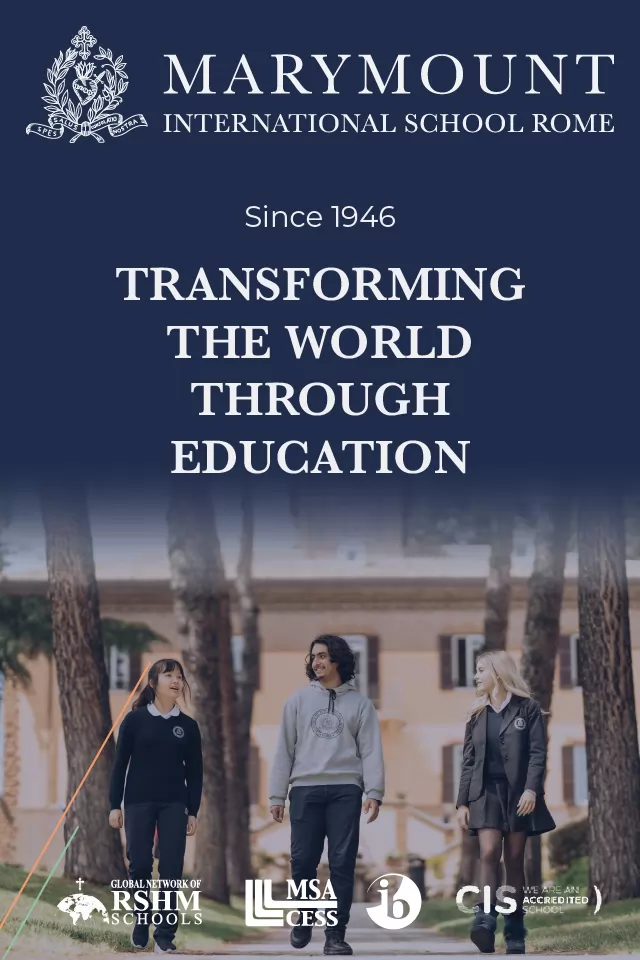Founding the Keats-Shelley museum.
In a humble room at a cheap boarding house in a part of Rome which is now one of the most exclusive shopping centres in the world, a desperately ill, poor boy from London breathed his last hours. Around the traces of his existence there is now a small, lovely museum visited by people from all over the world who love poetry.
John Keats was only 25 when he died. He had written the most heartrending poetry in the English language. He went to Italy in October 1820 to repair his health. Up the coast, in western Tuscany, roamed some of his young friends a clutch of unruly, self-exiled offspring of English aristocrats, who were also poets and writers: Shelley and his wife Mary, Byron, Leigh Hunt and their friend, the adventurer Trelawny. They wrote poems, manifestos and horror stories; they were always on the road. What marked these Romantic poets was their fearless embrace of liberty, the clear newness of their work, their ruthless disregard of conventions.
Keats died of consumption in February 1821, only four months after he arrived in Rome. Shelley and two others were shipwrecked off Leghorn in 1822. Byron died of a fever in Greece in 1824.
The Anglo-Americans to whom this exhibition is dedicated mourned these bright spirits and made them their ideal. Living in Rome at the end of the 19th century and the beginning of the 20th, they were also writers, but were mainly sculptors and painters. They met in each others studios, in the salons of their sponsors and rich compatriots, in bookshops and in the Caff Greco. They built a church on Via Nazionale in 1873 and founded an academy on the Janiculum hill in 1894.
But the symbolic focus of the Anglo-American community became a little museum kept with much love at the bottom of the Spanish Steps that enshrined the last room in which Keats lived and died.
The centenary of the founding of the Keats-Shelley Memorial House and its opening in 1909 is marked by the four wonderfully-instructive exhibitions in four different locations.
The Keats Shelley Museum is a small, moving abode on one floor of the house at Piazza di Spagna 26. Here there is the small room from which the poet looked down on the busy Spanish Steps, where his companion, the painter John Severn, made his last drawings of him, and where according to the latter, he died with most perfect ease.
In addition to the manuscripts and the books of the permanent collection in this working library, there is a special display of books pertaining to the period of the founding of the museum, many with covers designed in the style of the English Arts and Crafts movement. There is a visitors book with illustrious signatures of the opening day of the museum on 3 April 1909. There is a print and its plate by the American illustrator Howard Pyle (1853-1911), and an edition of the magazine (Poesia) by Filippo Tommaso Marinetti, founder of the Futurist movement. A book by Edith Wharton has a cover design by Margaret Armstrong, another has dazzling illustrations by Maxfield Parrish.
In a city so famous for its wealth of great churches, the American Episcopalian church of St Pauls within-the-Walls is a must for sightseers. With its half-dome and walls full of glittering mosaics on gold ground, it presents a fine example of Pre-Raphaelite styles. When Sir Edward Burne-Jones (1833-1898) began to design his mosaics, he wrote: I want big things to dofor common people to seeand say Oh! only oh! And they do.
For this occasion his preparatory gouache, The Church Triumphant, is on display. As a foil for Burne-Jones, a somewhat later artist, George W. Breck (1863-1920), later director of the American Academy, was commissioned to do the mosaics on the counter-faade. They are the sober, more realistic version of Pre-Raphaelite art. The original large gouache paintings from which they were made have been carefully restored for this occasion. In this clear show there are also robust drawings by Breck; a sparkling small oil of the whole counter-faade of the church by Elihu Vedder; sarcophagi and an Umbrian fresco from the once vast collection of the first rector of St Pauls, the Rev Robert Jenkins Nevin.
The American Academy was founded in 1894, housed in various villas and eventually moved in 1914 into a building specially designed for the academy by Mckim, Mean and White on the Janiculum.
Its here that the most interesting paintings by foreigners in the exhibition are shown. The work Villa Torlonia, Frascati by Frank Crowninshield (1845-1918) of 1891 is a sparkling fabric of summer light and shade. He learnt from the lyrical landscapes of Lorrain and Poussin when he studied in Paris, but he was also friends with Italian painters, the ones close to the Macchiaioli, the new Italian impressionists. Here are some of their shimmering examples by Nino Costa, Adolfo de Carolis, Enrico Coleman, Onorato Carlandi. An oil by Vedder, one of the most flamboyant personalities of the period and one of the few who actually had to earn a living, is an engaging view of Roman rooftops. Of course sculpture by Augustus Saint-Gaudens, Paul Manship and other big names of the period are also included.
Hendrick Christian Anderson Museum, the fourth site for the exhibition, is an art noveau villa housing the studio of the Rhode-Island socialite and sculptor Hendrick Christian Anderson. His brother Andreas painted pale fleshy portraits and nudes of boys, mild and fluent. But the Norwegian-born Hendrick indulged in giant marbles and bronzes, which are boastful and bombastic. There are also stiff congested drawings of personages from Andersons circle, the typical foreign intellectuals of the turn-of-the-century Rome, some to be buried in the non-Catholic cemetery at Testaccio, where the whole Anderson family was also laid to rest.
The art in these shows is mostly conservative and displays little that is daring. The Anglo-Americans with few exceptions were not very aware of what was new around them. Involved in the haunting past, they neglected the present.
Still, the four exhibitions are a trenchant historical survey. They shed clear light on a period which has not been researched much before. The catalogue is brimful with information and resurrects important but sometimes forgotten facts. With vivid detail it pictures a particular time of interacting cultural activity.
See Whats On on page 12 for details of this exhibition




















